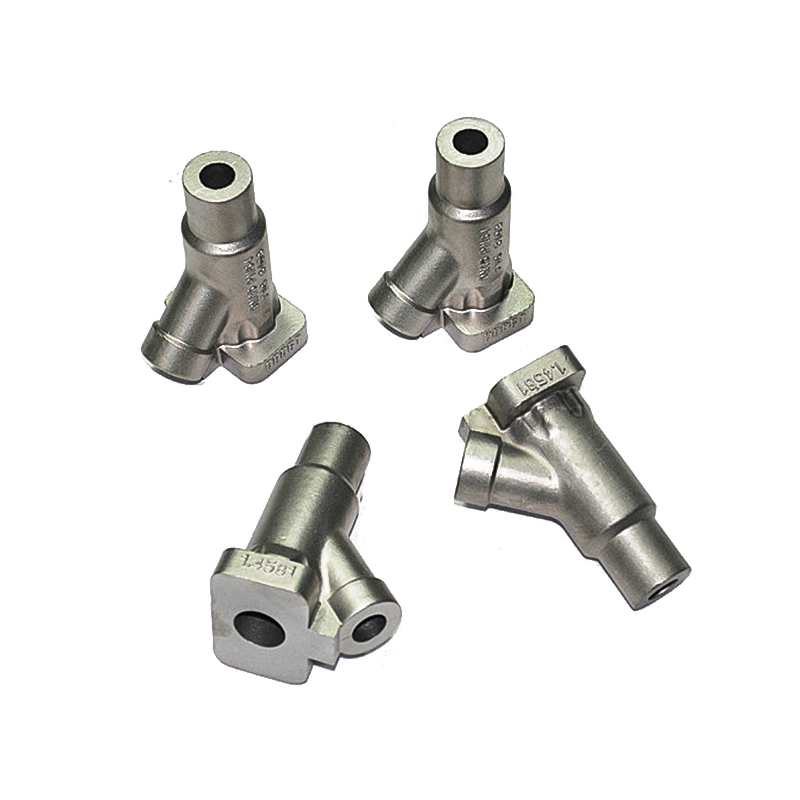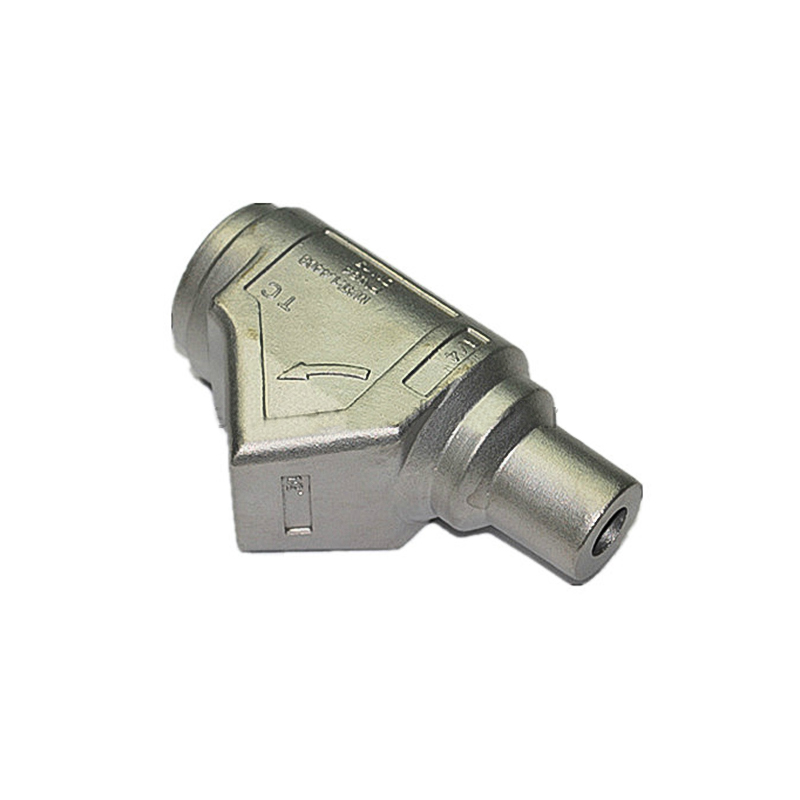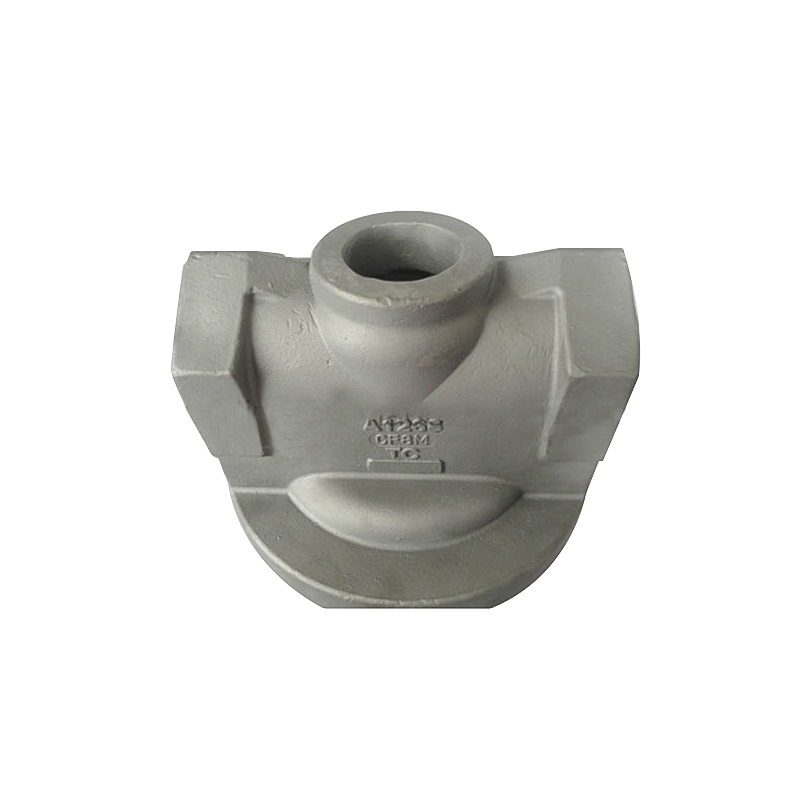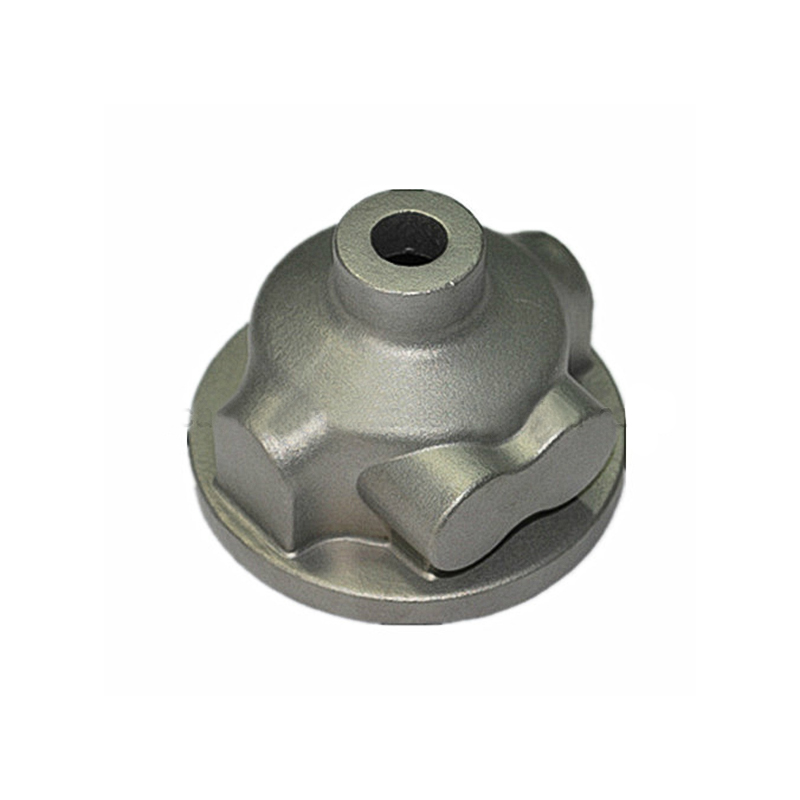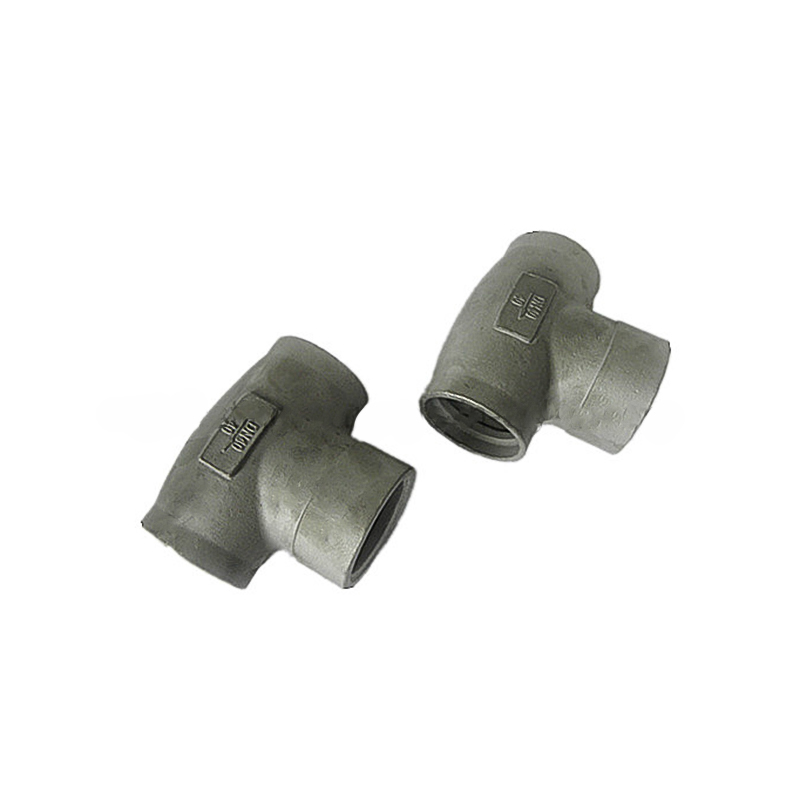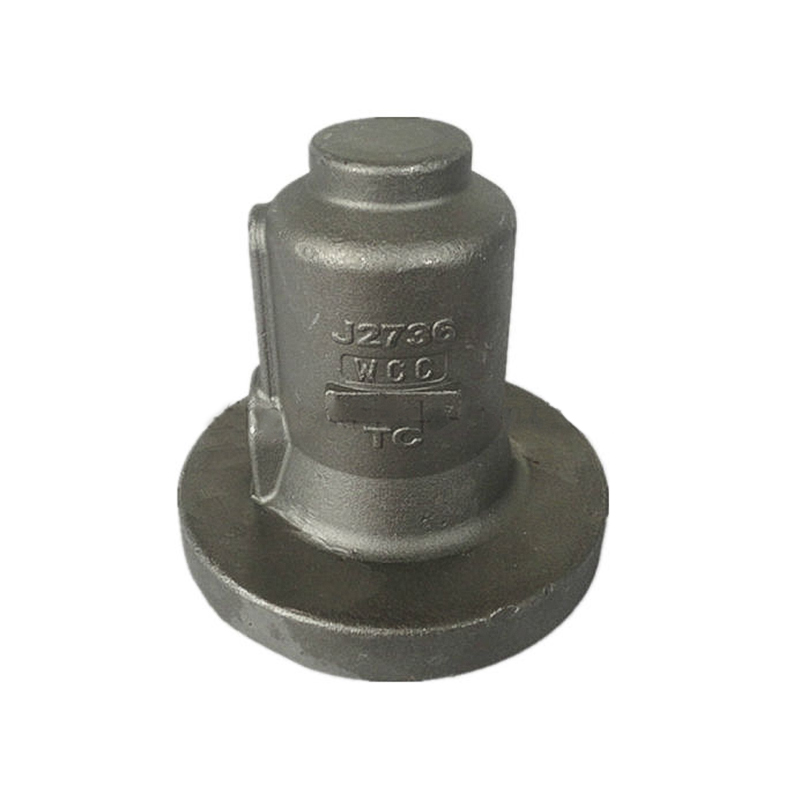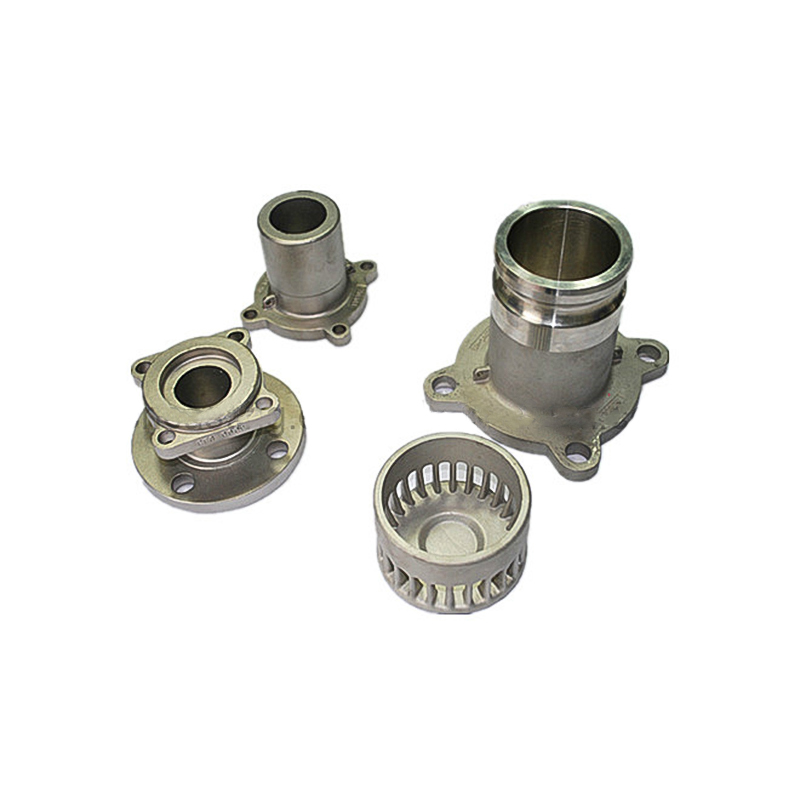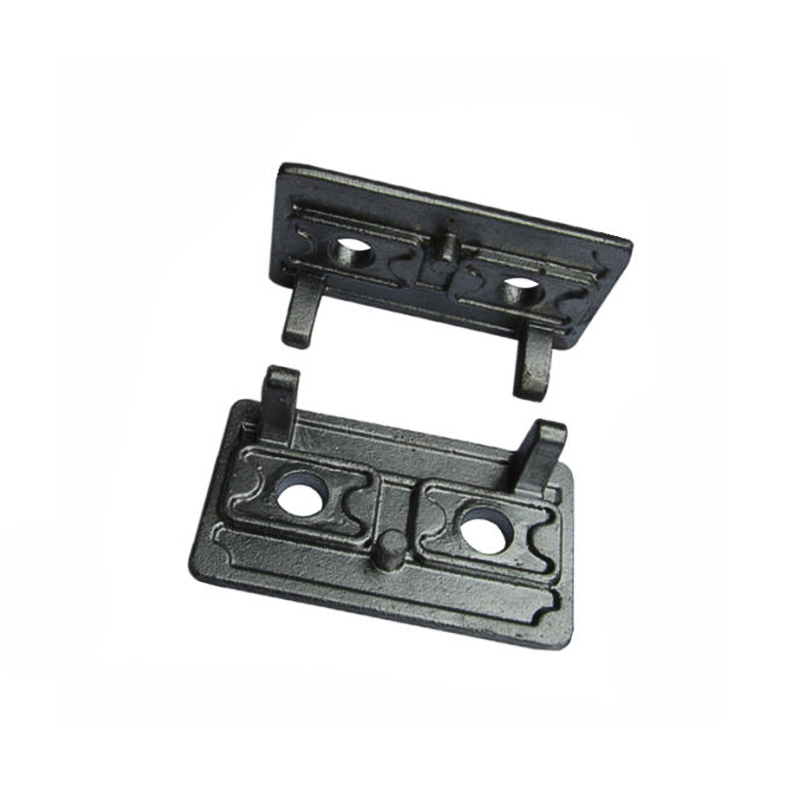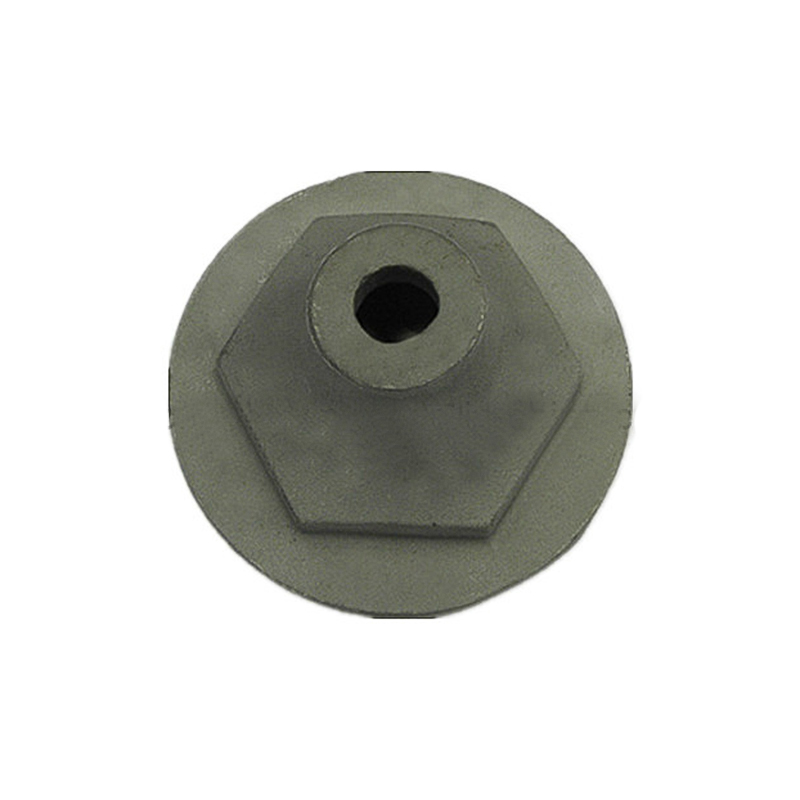The application of green casting technology in railway parts is becoming increasingly mature
Under the dual background of global "dual carbon" goal drive and high-quality development of equipment manufacturing, the casting industry, as a typical high-energy consumption and high-emission industry, is facing profound structural adjustment and technological innovation. Especially in the field of railway equipment manufacturing, railway parts are core components to ensure train safety, bearing strength and complex load conditions. Green transformation is not only a technical choice, but also a strategic necessity for industry development. It can be clearly said that "green casting" has become an irreversible development trend of the entire railway manufacturing industry chain.
Railway castings cover multiple key parts such as coupler buffers, bogie side beams, wheel hubs, brake components, etc., which put forward extremely high requirements on the structural strength, dimensional accuracy, fatigue resistance and corrosion resistance of castings. For a long time, traditional casting production models have generally relied on high-temperature smelting, a large amount of molding sand and chemical binders, and have common problems such as high energy consumption, heavy emissions, high labor intensity and high environmental pressure.
In recent years, with the continuous deepening of national energy conservation and emission reduction policies and stricter environmental protection supervision, green manufacturing capabilities have gradually become an important indicator for enterprises to participate in market competition. Especially in the railway sector, the external driving force of green transformation is being comprehensively strengthened: at the policy level, from the green manufacturing system of the Ministry of Industry and Information Technology to the "14th Five-Year Plan" energy-saving special funds support in various places, green technology has become the priority funding direction; at the market level, railway main engine manufacturers (such as CRRC) have incorporated green production capacity into the supplier evaluation system, and give priority to purchasing supporting products that meet environmental protection and energy-saving standards; at the international level: the requirements of railway export markets such as the European Union and Southeast Asia for carbon emissions, environmental protection, and traceability of castings are increasing year by year. Against this background, "green casting + intelligent manufacturing" is becoming a key path for the survival and development of railway casting enterprises. Green transformation is not a multiple-choice question, but an "entry threshold".
In line with the green trend, the railway casting manufacturing process is undergoing a systematic and full-process technical reconstruction from source design to end-of-line treatment.
Traditional cupolas are being gradually eliminated, and induction furnaces and medium-frequency furnaces have become mainstream smelting equipment, which can reduce energy consumption by more than 30% and basically achieve smokeless production. At the same time, the introduction of intelligent temperature control systems and dynamic batching control technologies can effectively reduce metal burning and oxidation, and improve smelting efficiency and casting consistency. Automatic shot blasting machines, intelligent grinding robots, and closed cleaning rooms can not only reduce noise and dust, but also improve work efficiency and personnel safety. After the exhaust gas from castings is collected, dust, VOCs, etc. are filtered through a multi-stage purification system, and the emissions meet or exceed national standards; with the carbon emission monitoring and energy consumption analysis platform, it helps enterprises achieve "visualized" green management of the entire process. These technological changes not only make railway castings "brand new" in terms of environmental performance, but also promote the comprehensive upgrade of their performance and quality.
The green transformation of railway castings is not only a "emission reduction" task, but also shows significant benefits in actual production and market competition: cost control optimization, energy-saving equipment and intelligent systems can reduce energy consumption and scrap rate per ton of castings; product quality is improved, and green processes have a positive impact on the porosity and surface finish of castings, adapting to high-end needs; the supply chain status is improved, and it is easier to enter the main engine factory and overseas procurement chain if it meets green certification; brand competitiveness is enhanced. The environmentally friendly and transparent production system will become the "new business card" of the enterprise.



 English
English Deutsch
Deutsch 简体中文
简体中文
